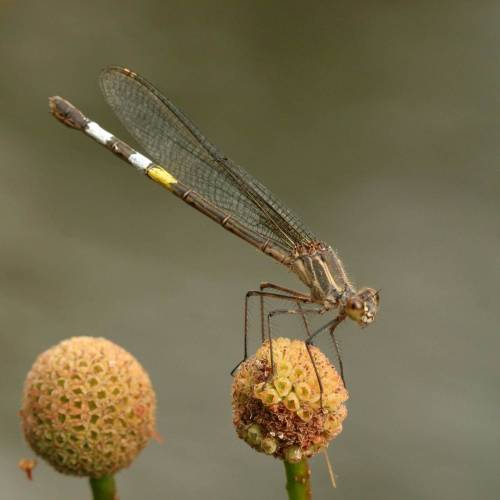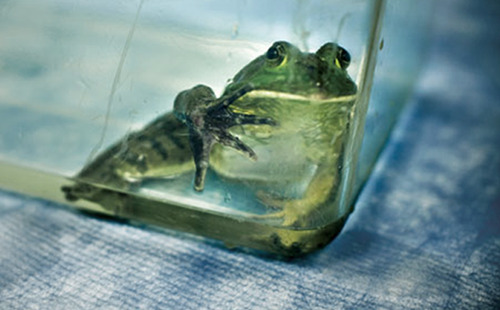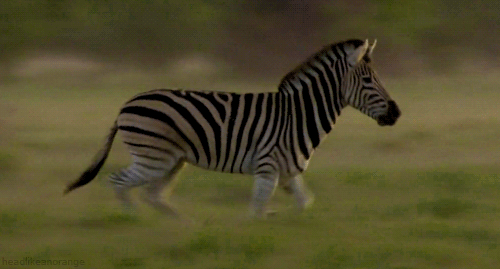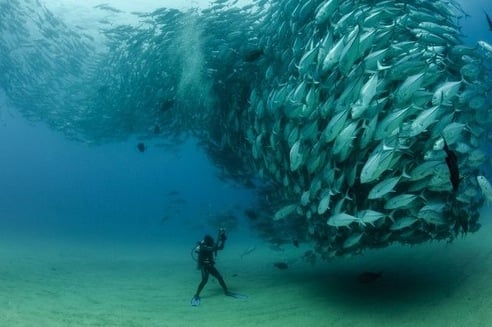
Aggression between two different species of animals is surprisingly common. But what exactly are they fighting over?
Male aggression towards potential reproductive rivals could explain much of it.
UCLA biologists observed and analyzed the behavior of several species of damselflies. Male damselflies typically ignore males of another species when they fly into their territory — unless they’re attempting to mate with a female damselfly.
Female damselflies almost always refuse to mate with males of a different species, said UCLA’s Gregory Grether, but that doesn’t stop some males from trying, especially in cases where the females of both species have similar wing color.
“Male damselflies often have difficulty distinguishing between females of their own species and another species when making split-second decisions about whether to pursue a female,” Grether explained.
Damselflies typically live only a couple of weeks, and have few mating opportunities.
The biologists documented some cases where aggression between species has essentially disappeared because of substantial divergence in wing coloration.
Read more about the damselfly aggression and what it can tell us about human evolution









